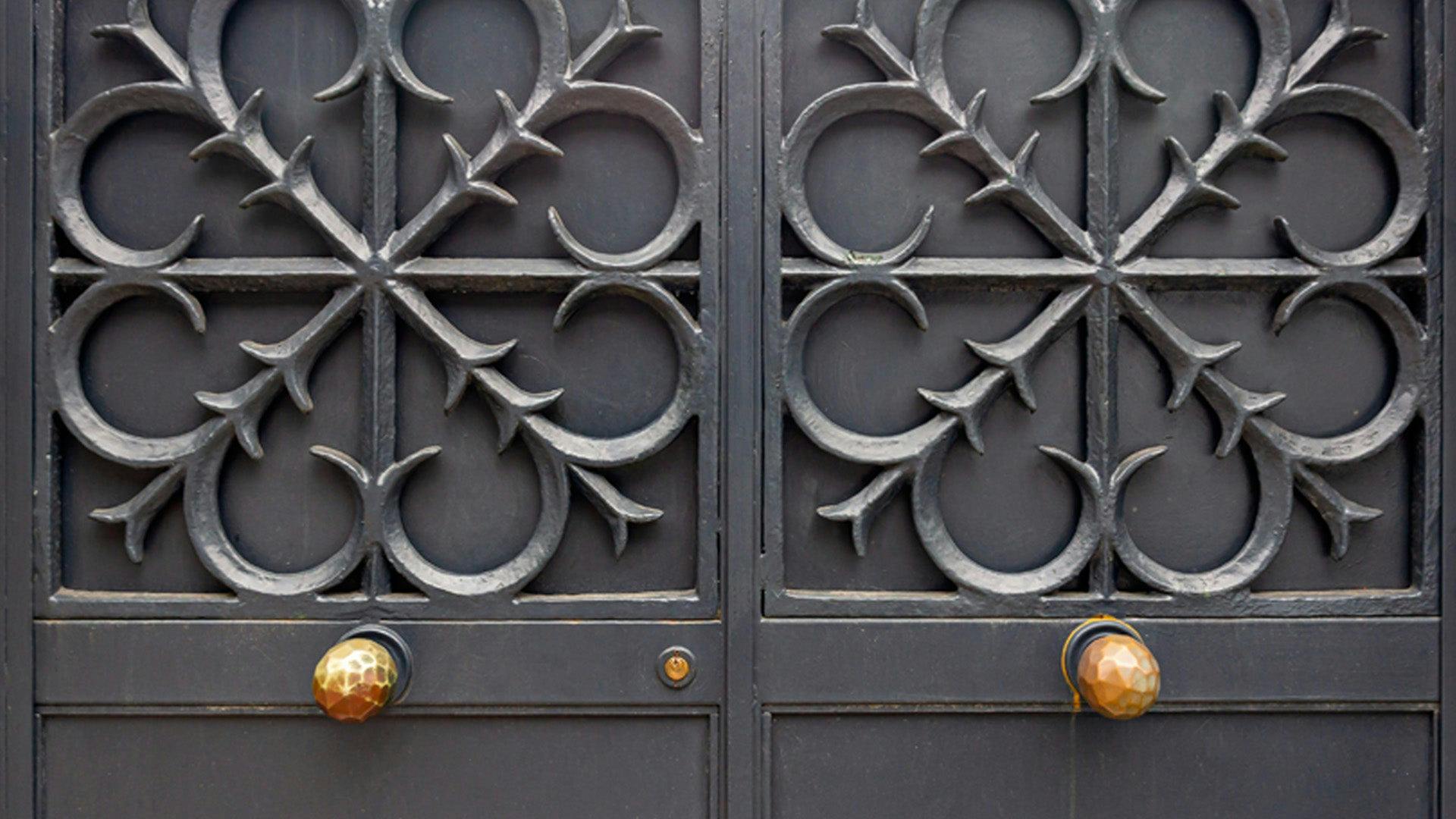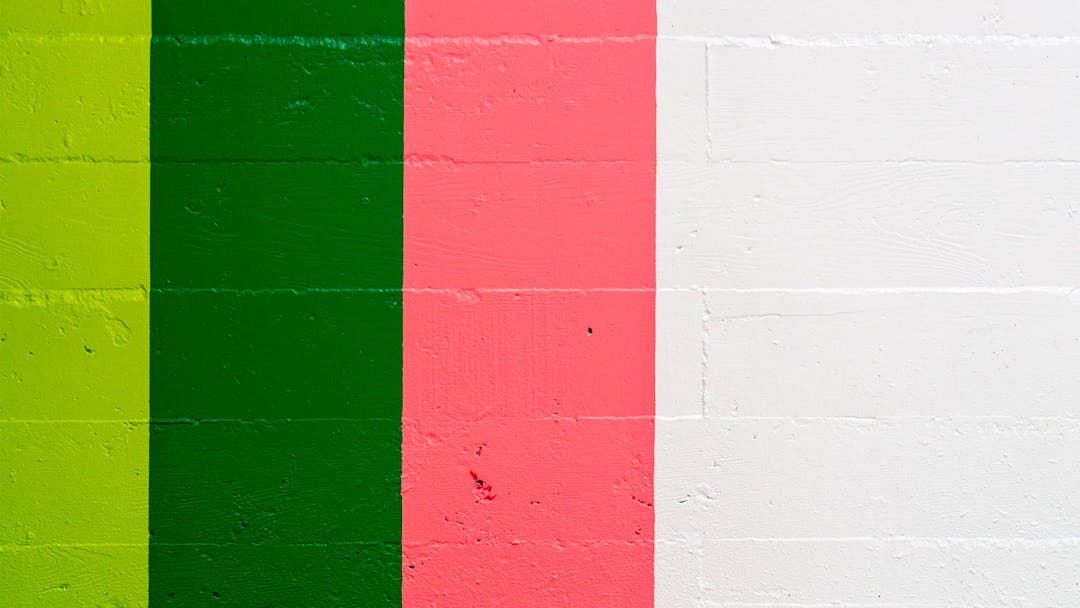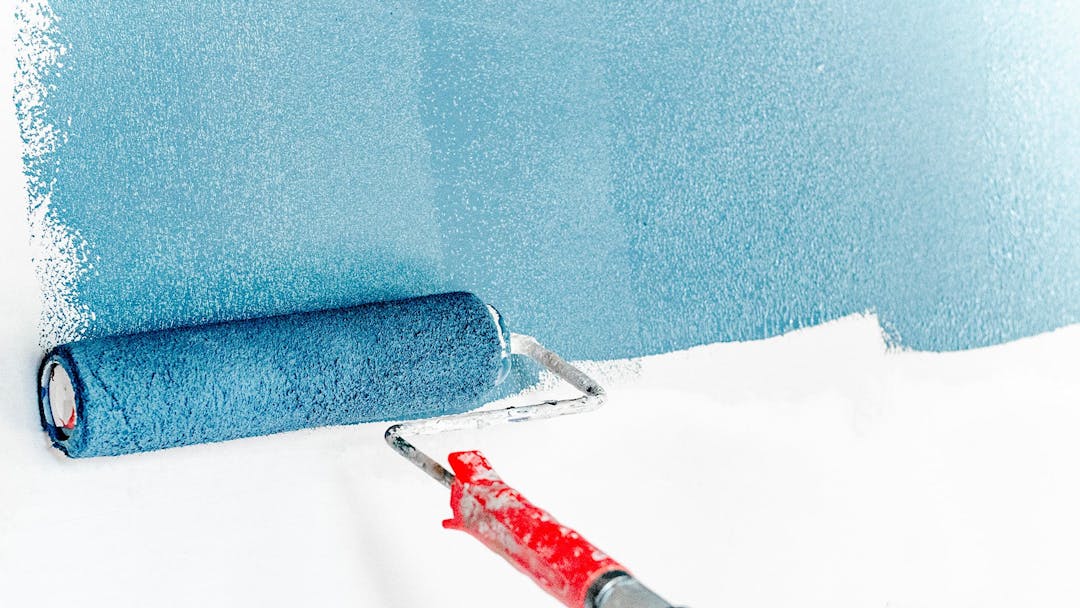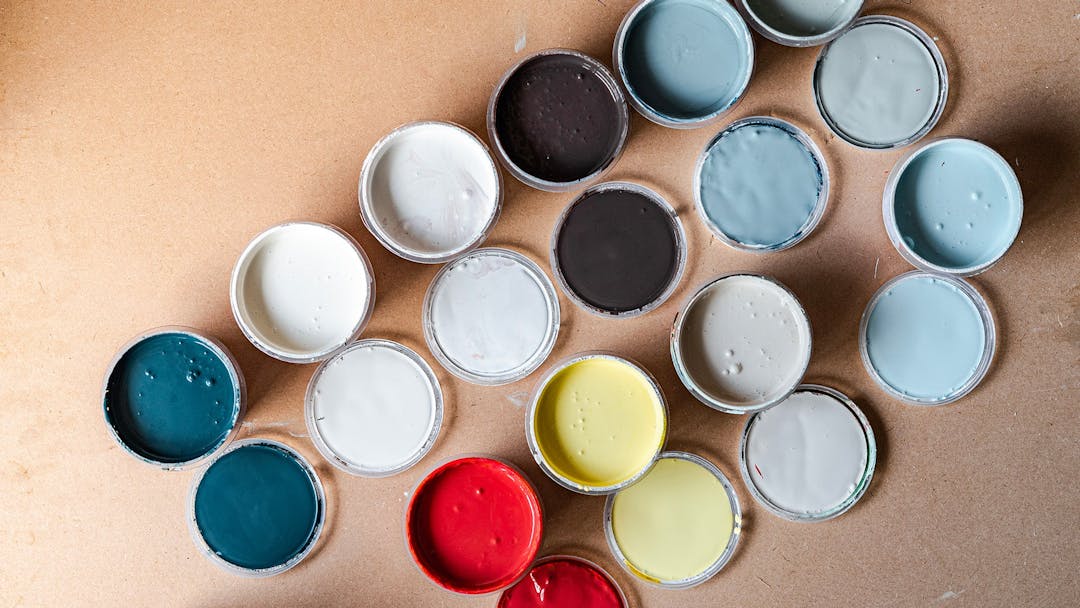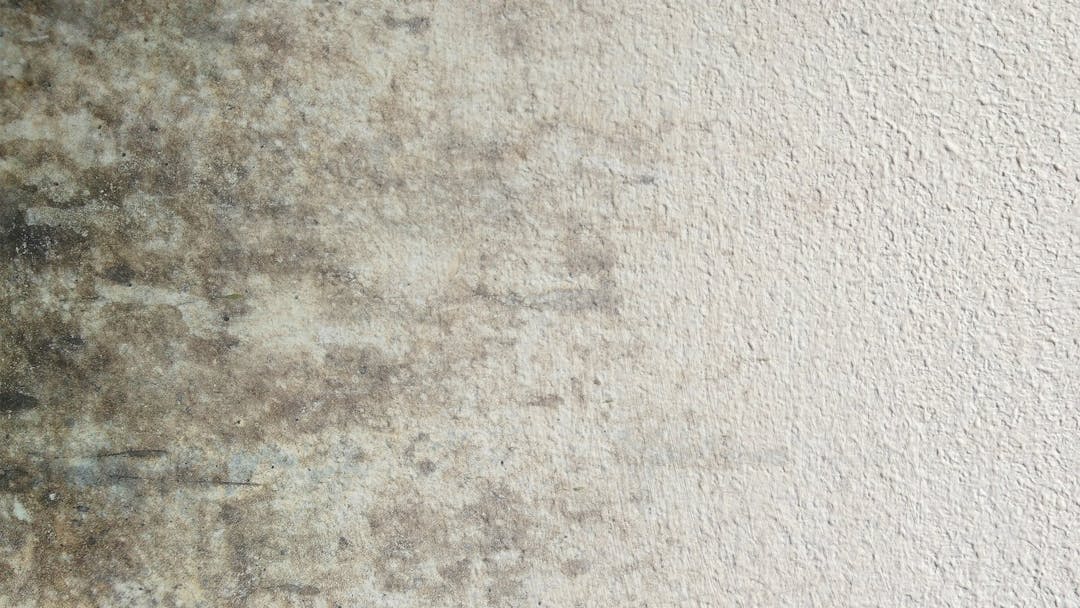Iron is a very common material in the construction of objects and structures, but, over time, it can corrode or simply need a refresh.
Painting iron is an effective way to protect it from corrosion and improve its aesthetic appearance.
However, before starting the painting process, it is important to follow certain procedures to achieve long-lasting results.
In the article, we will answer important questions and give useful guidance, addressing the following topics:
- What to do before painting iron?
- How to paint iron without sanding?
- How to paint off iron?
- Tips for painting iron
What to do before painting iron?
If you want to paint an iron object, remember to carefully check its condition and prepare it properly.
The first step is to thoroughly clean the surface. This involves removing any dirt, dust, rust, and any impurities that might hinder the proper adhesion of the paint.
To perform this task, you can rely on wire brushes, sandpaper or specific cleaners designed for cleaning iron. This preparatory process ensures a clean base on which to apply the paint.
If the surface has rust or has been previously painted, sanding is mandatory. Its purpose is twofold: to remove oxidized particles and to create a uniform surface for the paint adhesive to work effectively. For this operation, choose sandpaper with a fine or medium grit so that the surface is smooth and even.
After completing the deep cleaning, it is essential to remove any remaining traces of grease or oil from the iron. Degreasing is essential to ensure optimal paint adhesion. You can use specific cleaners or a simple solution consisting of soap and water to perform this operation.
Applying an iron-specific primer is another essential step. The primer not only improves paint adhesion but also helps provide additional protection against rusting. Be sure to strictly follow the manufacturer's instructions for best results.
Before proceeding with the final paint job, it is critically important to make sure the primer is completely dry. This way it becomes a perfect base on which to effectively and evenly spread the paint.
How to paint iron without sanding?
Whether you can paint iron without sanding depends mainly on the condition of the existing surface.
In general, you can avoid sanding if the existing paint on the iron element is still in good condition, adheres firmly to the surface, and has no significant peeling, cracks, or irregularities.
Having carefully verified the condition of the iron surface, you can proceed by performing three steps:
- Preparation. You must prepare the iron object for painting, cleaning and degreasing it as described above, but you must also take care to protect everything that should not be soiled, using tarps and tape.
- Primer application. Choose a product specifically for metal surfaces, follow the manufacturer's instructions, and spread the primer evenly over the entire surface.
- Painting. After you have performed the previous two steps, you can proceed with painting using an iron-specific paint. Apply thin, even coats and let it dry completely between applications.
How to paint-stripping iron?
To stripper iron before performing a new paint job, you have several options available to you.
One of the alternatives is sanding. This method takes time and effort, but it can be effective in removing peeling or damaged paint from small and fairly linear surfaces.
Another option is the use of chemical paint strippers, products specially formulated to dissolve and remove paint. If you decide to use this type of product, remember to wear goggles and protective gloves and to work in an airy place. You must apply the paint stripper and leave it on for the time indicated on the package, after which you can simply peel off the paint by scraping with a squeegee or brush. Finally, you have to rinse the surface well with clean water.
Finally, there is sandblasting, a quick but aggressive method of removing paint from iron. Sandblasting involves using a high-pressure jet of sand to remove paint and other impurities from the surface of the iron. You can rent and use a sandblaster or hire a professional to do the job.
Keep in mind that each method has its advantages and limitations, so it is advisable to carefully evaluate your needs and the condition of the iron surface before deciding which process to use.
Tips for painting iron

In addition to what was explained earlier in the article, we would like to give you some other simple tips that will help you achieve excellent iron painting:
- Pay attention to temperature and humidity. Choose carefully the time to paint the iron. Avoid doing it on very hot or humid days, as this may adversely affect the drying and adhesion of the paint.
- Invest in good tools, such as high quality brushes and rollers, because they can make a big difference on work time in producing excellent finishes.
- Apply paint in thin coats instead of thick. Coats of paint that are too thick can drip or create unevenness. It is preferable to apply several thin, even coats to achieve complete coverage.
- Respect the drying time; do not rush to finish the job. Follow the manufacturer's instructions carefully regarding drying times between coats.
- Remember to do maintenance. After completing the project, take care of the painted objects. Periodically clean the surface and carefully monitor for signs of corrosion or paint peeling so that you can take prompt action.
There is one last thing to consider: painting takes practice. If you are new to painting, consider doing tests on less visible pieces of iron before tackling a major project. This will give you the confidence and experience you need to achieve high-quality results.
